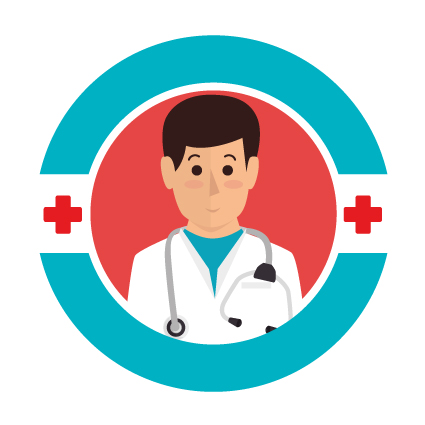
DBV Technologies said its investigational topical treatment for peanut allergy in children showed continued benefit in an extension of its main phase III trial, which the company hopes will lead to marketing approval later this year.
Topline results from the extension, called PEOPLE, indicated that after 3 years, 75.9% of children ages 4 to 11 had increased the “eliciting dose” (ED) of peanut protein (the first dose in a stepped oral challenge protocol resulting in hypersensitivity symptoms) from baseline, and 51.8% raised their ED to at least 1,000 mg — equivalent to about three whole peanuts.
The treatment uses a so-called epicutaneous technology, which DBV has trade named Viaskin, aimed at creating a “condensation chamber” on the skin surface to facilitate penetration of food allergens through intact skin. The specific target is dendritic Langerhans cells within the epidermis, which France-based DBV says are critical in conveying allergens to the immune system.
It’s a form of immune tolerance induction by exposing the immune system to small amounts of food allergens, not unlike the oral immunotherapies in development (such as Aimmune’s Palforzia treatment, for which an FDA decision on marketing approval is expected later this month), not to mention more conventional desensitization approaches.
PEOPLE was a follow-on to the product’s randomized registration trial, PEPITES, results of which were published last February in JAMA. That study assigned 356 children 2:1 to the Viaskin peanut-patch treatment or placebo, with efficacy assessed after 12 months. Of these, 213 completed the full year of treatment, and 198 chose to participate in the PEOPLE extension.
Results of PEPITES were not all that DBV wished, however. The trial’s primary efficacy outcome was the difference in responder rate with active treatment versus placebo, with an important caveat: the lower bound to the 95% confidence interval for the difference had to be no lower than 15 percentage points. “Responders” were those whose maximally tolerated peanut protein dose at 12 months was 300 mg if baseline tolerance was no more than 10 mg, or 1,000 mg if baseline tolerance was greater than 10-300 mg.
There was indeed a significant difference in responder rate favoring the Viaskin therapy — 35.3% versus 13.6% — but the risk difference of 21.7 percentage points came with a 95% confidence interval of 12.4 to 29.8, thus missing the prespecified statistical component. Still, DBV said marketing approval remains possible.
The company also released other findings from PEOPLE, along with a promise of peer-reviewed publication and presentations at medical conferences.
“All participants who reached an ED ≥1,000 mg at Month 36 were eligible to continue the study for two additional months without treatment while maintaining a peanut-free diet,” DBV said. “A further double-blind placebo-controlled food challenge to determine ED was administered at the end of this period (Month 38). The analysis showed that 77.8% (14/18) of the children who completed the oral food challenge at Month 38 maintained desensitization with an ED ≥1,000 mg.”
last updated
Related Post
 18
18 Nov
Is There a Good Place to Stop Leveling Health Skyrim?
The blemish in Skyrim's evening out framework is by they way it grants capacity to the player, and capacity to the players resistance through unequivocal means. For instance, by work in abilities. Is there a good place to stop leveling health.
Read More 06
06 Nov
What Type of Cancer Did Morgan Spurlock Have?
Morgan Spurlock, the producer and previous CNN series have whose McDonald's narrative Super Size Me was selected for an Institute Grant, passed on from disease confusions Thursday, as indicated by his loved ones. What Type of Cancer Did Morgan Spurlock Have? The.
Read More 24
24 Oct
When Does Nutex health Inc Do Earnings Report Come Out?
When Does Nutex health Inc Do Earnings Report Come Out? Today announced that Nutex Health Inc., Nutex Health" or the "Company," a physician-led, integrated healthcare delivery system comprising of 21 state-of- the-art micro hospitals in 9 states and primary care-centric. The.
Read More 16
16 Sep
The Role of Lifestyle in Anti-Aging Skin Care Products
Looking for anti aging skin care products can feel like a hit-or-miss insight. With so many options, it can be hard to choose. These dermatologist tips can assist you with shopping with certainty. Has your skin been harmed or has it matured altogether.
Read More